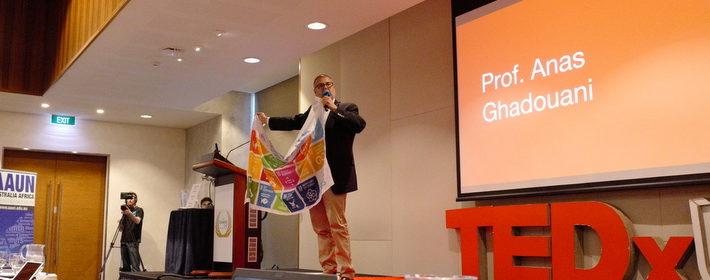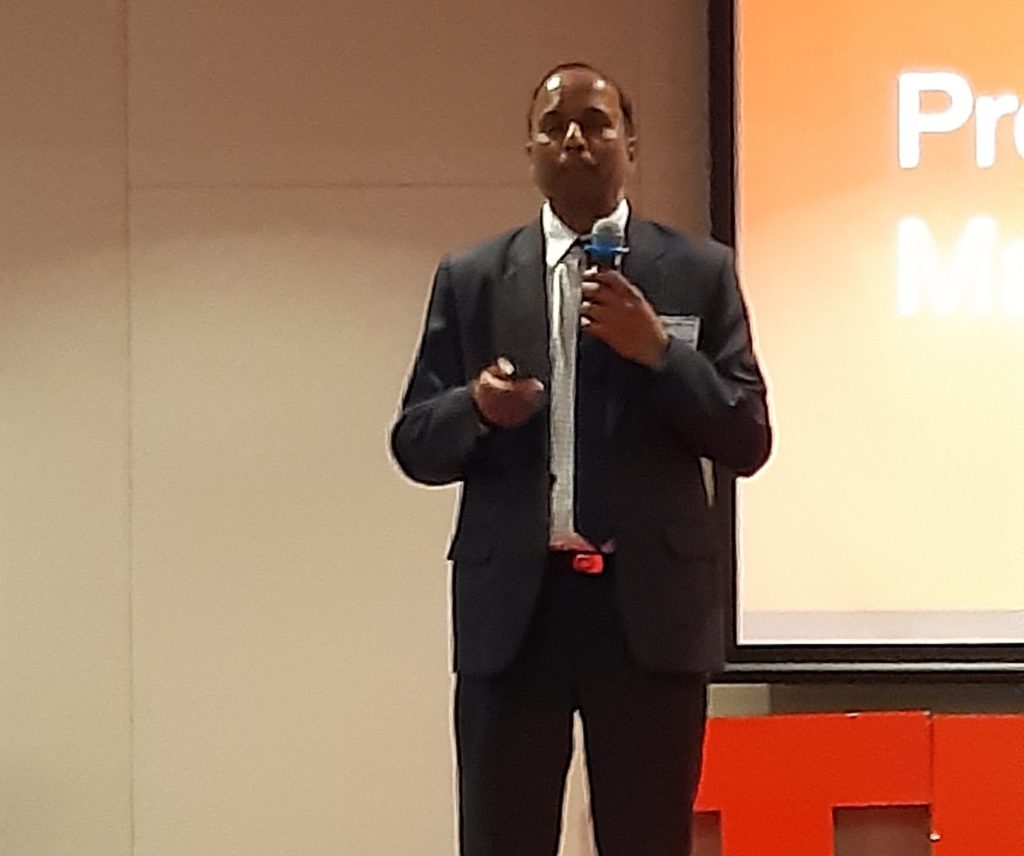Water for Life – TEDX Session. Water wastage – it’s a lifestyle problem

Three keynote speakers addressed the theme Water for Life: Australia Africa Challenges and Solutions in an AAUN forum session on September 2 – which was also filmed as part of a TEDxUWASalon event.
Professor Basant Maheshwari (WSU) revealed the rapid urban expansion of Jordan Springs in Sydney and Kampala in Uganda between 2002 and 2019 to highlight the impact rapid urbanisation had on water and food security.
“Delivering short-term economic benefits of water is usually relatively easy,” Dr Maheshwari said. “Delivering long-term and ecologically sustainable development for the benefit of future generations is the real challenge.”
A future dominated by increasing population, changing land use, and the possibility of climate change meant there were three crucial questions facing stakeholders:
- Will we have enough water in the future for different needs, including the environment?
- If not, what options do we have?
- Will those options work sustainably and deliver the goods?
Partnerships were pivotal in meeting future water and food security needs, he said, as was developing new ways thinking and approaches.
“Research can help but stakeholders and the community need to take ownership of the future.”
Professor Anas Ghadouani (UWA) said the water we eat and the water we wear contributed significantly to the world’s water wastage.
On average, he said, each person ate 3,496 litres of water per day, and it took 24,000 litres of water to make 1 kilogram of chocolate. To make a pair of jeans took 7,000 litres of water and to make a T-shirt took 2,500 litres.
Of the 1,409,000,000 cubic kilometres of water in the world, 97 per cent was in the ocean. Of the 3 per cent that was left, 1 per cent fell in the wrong place, and 1 per cent fell at the wrong time. Of the 1 per cent left after that, Canada owned 20 per cent, so the rest of the world was left with 80 per cent of 1 per cent.
“One of the biggest problems is that we take 70 per cent of all that water and we produce food with it.
“Likewise, 50 per cent of the food we produce gets wasted, and that’s half of the total water that is available to us.”
Dr Ghadouani said 20 per cent of the pollution in the world’s waterways was caused by the clothing industry, and that when people asked him, as a water consultant, to “fix the water problem” he’d say: “Well, you know, the water problem isn’t really a problem. It’s a lifestyle problem that we have.”
Collaboration was critical to creating water-sensitive cities, he said.
“Lots of the solutions – like sponge cities – would work in some cities, but not in others. We have to come up with solutions that are local, where people can connect and take into account historical considerations, characteristics, and the biophysical.
“Engineering is here to support that. And I think [together] we have all the solutions.”
Professor Greg Leslie outlined a suite of water projects conducted by the Global Water Institute he directs at UNSW in Sydney with partners in Uganda, Botswana and Kenya, which demonstrated the importance of forming meaningful and lasting partnerships with local stakeholders to deliver outcomes that supported Sustainable Development Goal 6.
Transnational water management in Kenya, river basin ecosystem management in Okavango, Botswana, and improving irrigation efficiency for a seed bank facilitated by the Love Mercy Foundation (LMF) in Northern Uganda were three projects he cited that were making a difference – working with local people to meet SDG 6, which seeks to ensure the availability and sustainable management of water and sanitation for all.
Dr Leslie said Australian and African universities have the capacity to work together to initiate new approaches for drinking water treatment, efficient irrigation and increased productivity while protecting the environment through effective water management. However, successful deployment is contingent upon early and active participation of stakeholders in shaping the project and developing a delivery mechanism that is appropriate for the local conditions and culture.
“The key for universities is to recognise this need to build partnerships, work with community leaders and be adaptive in order to have an impact at a meaningful scale.”


